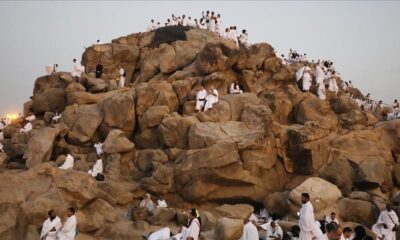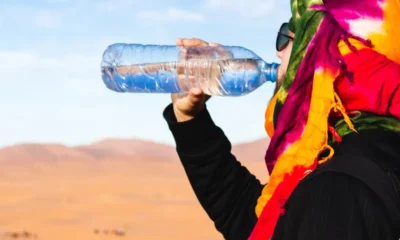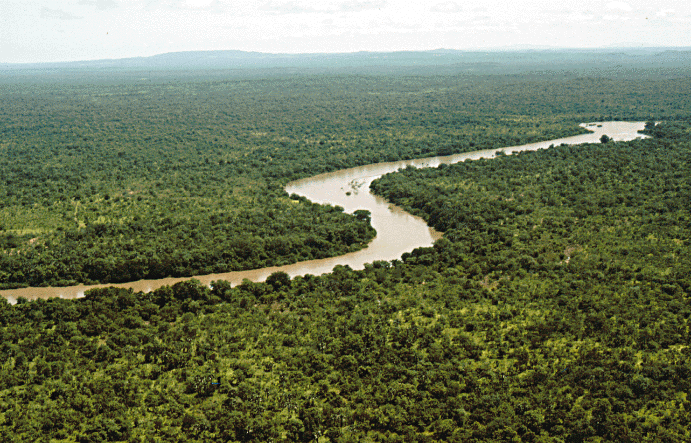Tunisia has received a cruise ship at its port for the first time since 2019 on Wednesday. The ship was carrying over 700 passengers and rare good news for tourism operators battered by the Covid pandemic.
The cruise ship, named ‘Spirit of Discovery’, is run by United Kingdom operator Saga, landed at La Goulette port on the edge of Tunis where it was welcomed by camels and a band playing traditional Tunisian music.
Cruise ships are large passenger ships used mainly for vacationing. Unlike ocean liners, which are used for transport, they typically embark on round-trip voyages to various ports of call, where passengers may go on tours known as “shore excursions”. On “cruises to nowhere” or “nowhere voyages”, cruise ships make two- to three-night round trips without visiting any ports of call
“We were not trading for about 18 months… but we’ve been back in business since last July and this is our first call here to northern Africa,” said Captain Kim Tanner.
British tourist John Hilton, 75, said he was “absolutely delighted” to be in Tunisia.
“We’re certainly pleased to get out and see some of the worlds and get to some of the places that we haven’t seen,” he said.
Cruises make up part of the global travel industry, and operate in various regions across the globe, from the Mediterranean Sea to the Pacific Ocean. In recent years, the global cruise industry revenue grew to over 27 billion U.S. dollars, though travel restrictions brought on by the coronavirus (COVID-19) pandemic hit this sector hard in 2020.
According to Tunisia’s Tourism Minister Moez Belhassen, the cruise liner was the first of at least 40 expected to dock in Tunis this year.
“This is very important for many sectors… especially given the spending power of tourists,” he said.

 Sports1 day ago
Sports1 day ago
 Metro2 days ago
Metro2 days ago
 Metro15 hours ago
Metro15 hours ago
 Tech2 days ago
Tech2 days ago





























